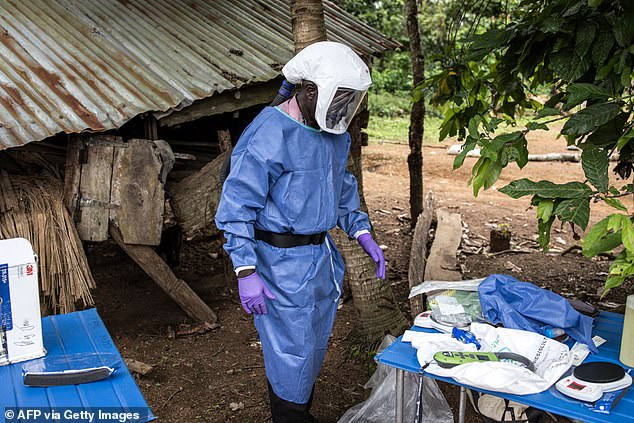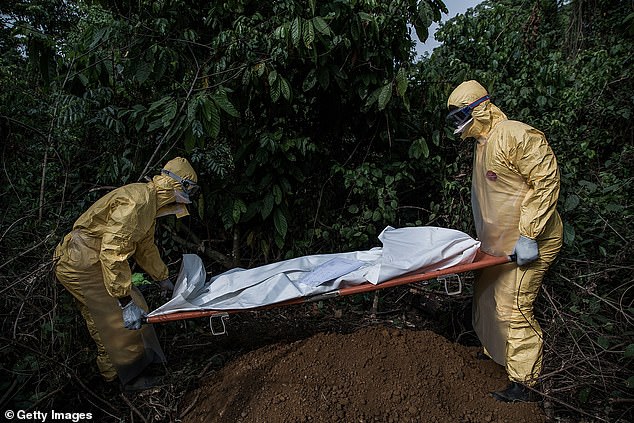An Iowa resident has died after contracting a terrifying viral disease, similar to Ebola, that leaves victims bleeding from their eyeballs.
The patient had returned to the United States from West Africa earlier this month bringing with him the disease known as Lassa fever, rarely seen in the United States, health officials said.
The person was not sick while traveling, meaning the risk to other airline passengers is “extremely low,” U.S. Centers for Disease Control and Prevention officials said.
Patients are not thought to be infectious before symptoms appear and the virus is not transmitted through casual contact.
An Iowa resident died after contracting a terrifying viral disease, Lassa fever, similar to Ebola, which leaves victims bleeding from their eyeballs.

Researchers are seen studying Lassa fever in June of this year. The viral disease is endemic in several West African countries and is transmitted by rodents.
The patient, who has not been publicly identified, was placed in isolation at the University of Iowa Healthcare Medical Center hospital in Iowa City.
On Monday, tests conducted by the Nebraska Laboratory Response Network revealed that the patient had died from Lassa fever.
If the results are confirmed, the Iowa case would be the ninth known case of Lassa fever since 1969 in travelers returning to the US from areas where the disease is found.
The CDC is now helping Iowa health officials identify people who were in contact with the patient after symptoms began. Those identified as close contacts will be monitored for three weeks.
Lassa fever, caused by the Lassa virus, is a relatively common disease in West Africa, with between 100,000 and 300,000 cases diagnosed each year and around 5,000 deaths.

Health workers in protective gear are seen burying a 13-year-old boy who died of Lassa fever in 2014 (file photo)

The person was not sick while traveling, meaning the risk to other airline passengers is “extremely low,” U.S. Centers for Disease Control and Prevention officials said.
Symptoms are usually mild and include fever, fatigue, and headache, but some people may develop vomiting, difficulty breathing, facial swelling, and pain in the back, chest, or stomach.
State and local health officials are trying to determine how the patient became infected.
They are believed to have been in contact with rodents in West Africa.
The virus itself is carried by rodents and is transmitted to humans through contact with the urine or feces of infected animals.
In rare cases, it can be transmitted between people through direct contact with the blood or body fluids of a sick person, through mucous membranes, or through sexual contact.
Lassa fever is named after a Nigerian city where Western-trained doctors first detected it in 1969.


